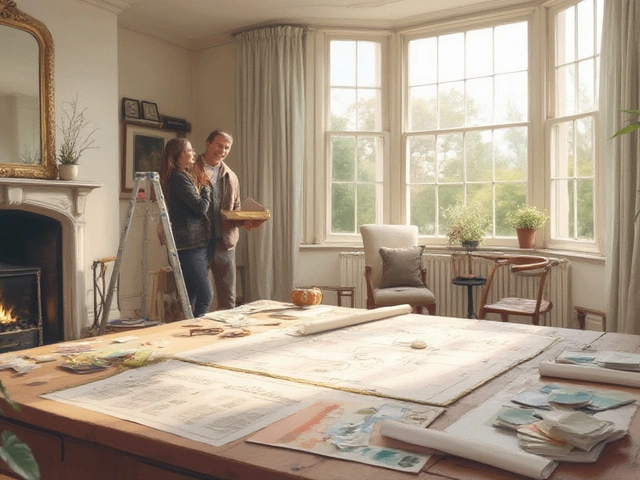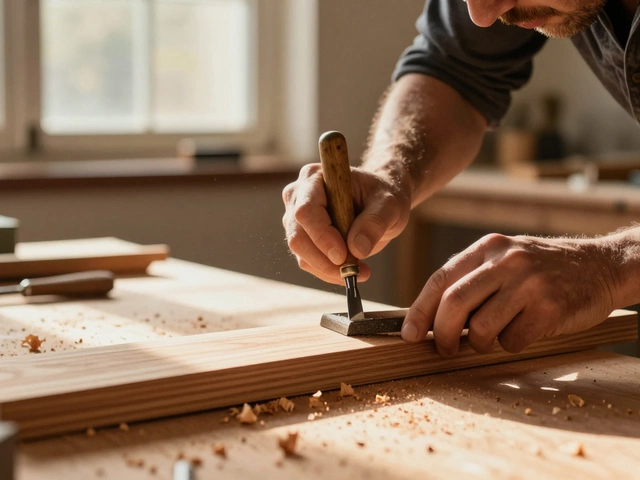Wall Art Placement: How to Hang Art Like a Pro
When working with Wall Art Placement, the practice of deciding where and how to hang paintings, prints, or installations on interior walls. Also known as art hanging, it shapes a room’s vibe and can turn a blank wall into a focal point.
One of the biggest decisions is the type of artwork you choose. A Polyptych, a series of three or more panels that form a single composition adds visual drama and works well on wider walls. Because each panel has its own edge, the spacing between them becomes part of the design – a subtle cue that wall art placement isn’t just about height, but also about panel distance. In contrast, a single‑panel piece needs a clear eye‑level rule: the center of the artwork should sit about 57‑60 inches from the floor, which matches the average human gaze.
Where you live matters, too. In a bathroom, moisture‑resistant Bathroom Wall Art, prints, tiles or framed pieces designed to withstand humidity can brighten the space without warping. The key is to keep the art above the splash zone and use proper framing to protect the print. Meanwhile, in a living room, Living Room Wall Decor, sofas, coffee tables and lighting all influence how art is perceived and you’ll want to balance the scale of the piece with the furniture footprint. A large canvas over a sectional can anchor the seating area, while a series of smaller prints creates rhythm across a long wall.
Practical Factors That Shape Perfect Placement
Lighting isn’t just about bulbs; it decides how colors pop. Natural light from windows can wash out a painting, so you might need to shift the art away from direct sun or use UV‑protective glass. Artificial lighting like picture lights or track fixtures can highlight textures and bring depth. When you pair art with curtains, the Curtain Hanging Height, the distance from the floor to the top of the curtain rod becomes a visual anchor. Hanging curtains higher than the window frame makes the ceiling appear taller, which in turn lifts the artwork’s perceived position.
Another semantic link: Wall art placement encompasses understanding room function. A home office benefits from calming abstract pieces placed at eye level to avoid distraction, while a dining room can handle bold, appetite‑stimulating prints higher up to keep the table free. Size matters, too – a rule of thumb is that the artwork should be about two‑thirds the width of the furniture it sits above. This ratio keeps the visual weight balanced and prevents the piece from looking lost or overwhelming.
Finally, think about the narrative you want to tell. A polyptych can illustrate a story across panels, while a single photograph turned into canvas can capture a personal memory. Align the story with the room’s purpose: family photos in a hallway, travel prints in a lounge, or abstract patterns in a bathroom for a spa‑like feel. By matching the story to the space, you turn wall art placement into an intentional design move rather than a random decision.
All these ideas – from polyptychs to curtain height – set the stage for the collection below. Scroll down to discover step‑by‑step guides, real‑world tips and creative tricks that will help you master wall art placement in any room of your home.





